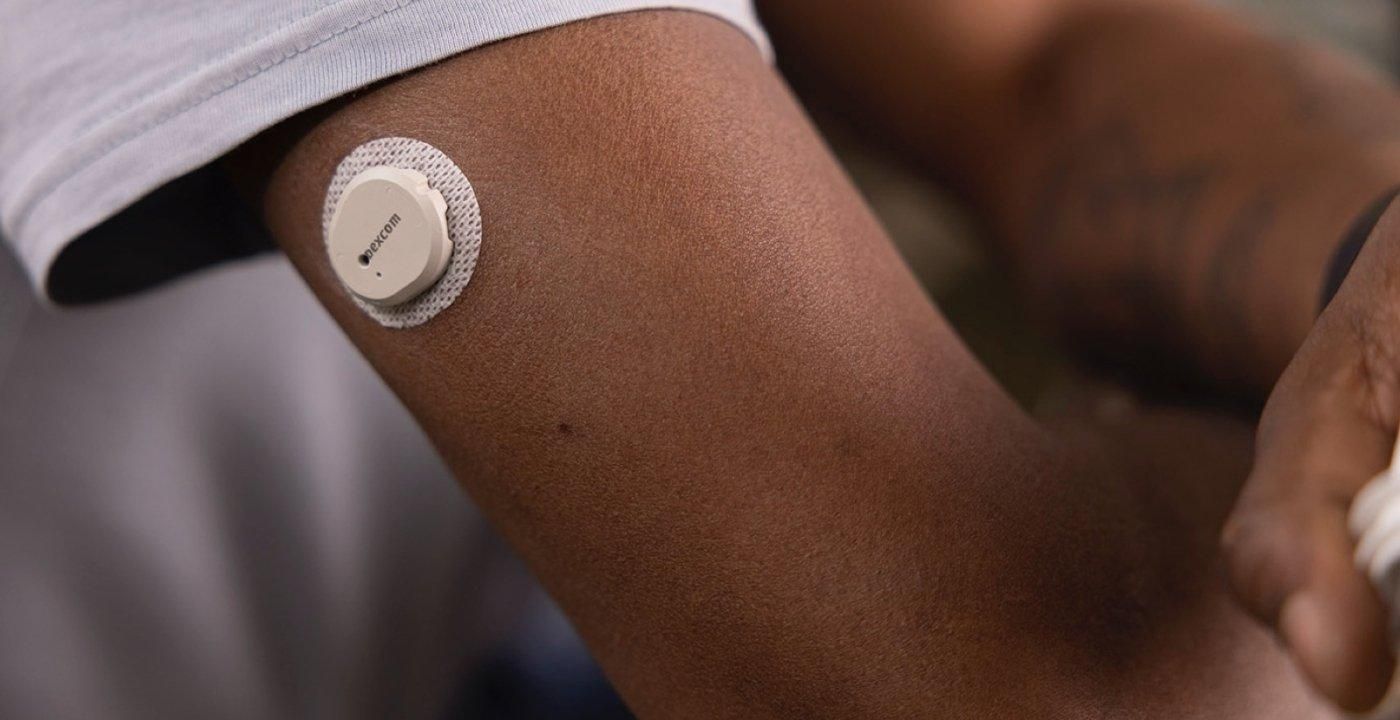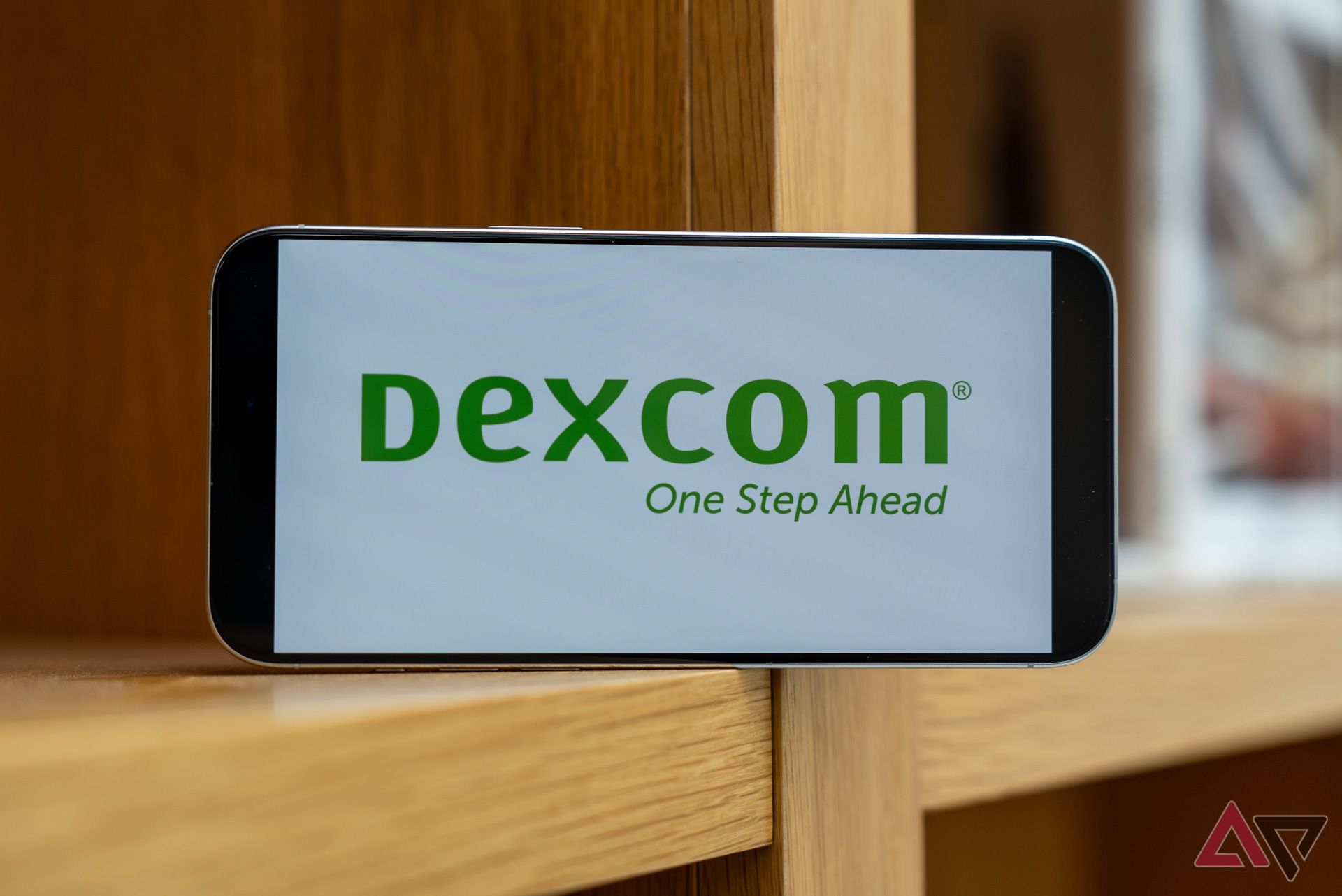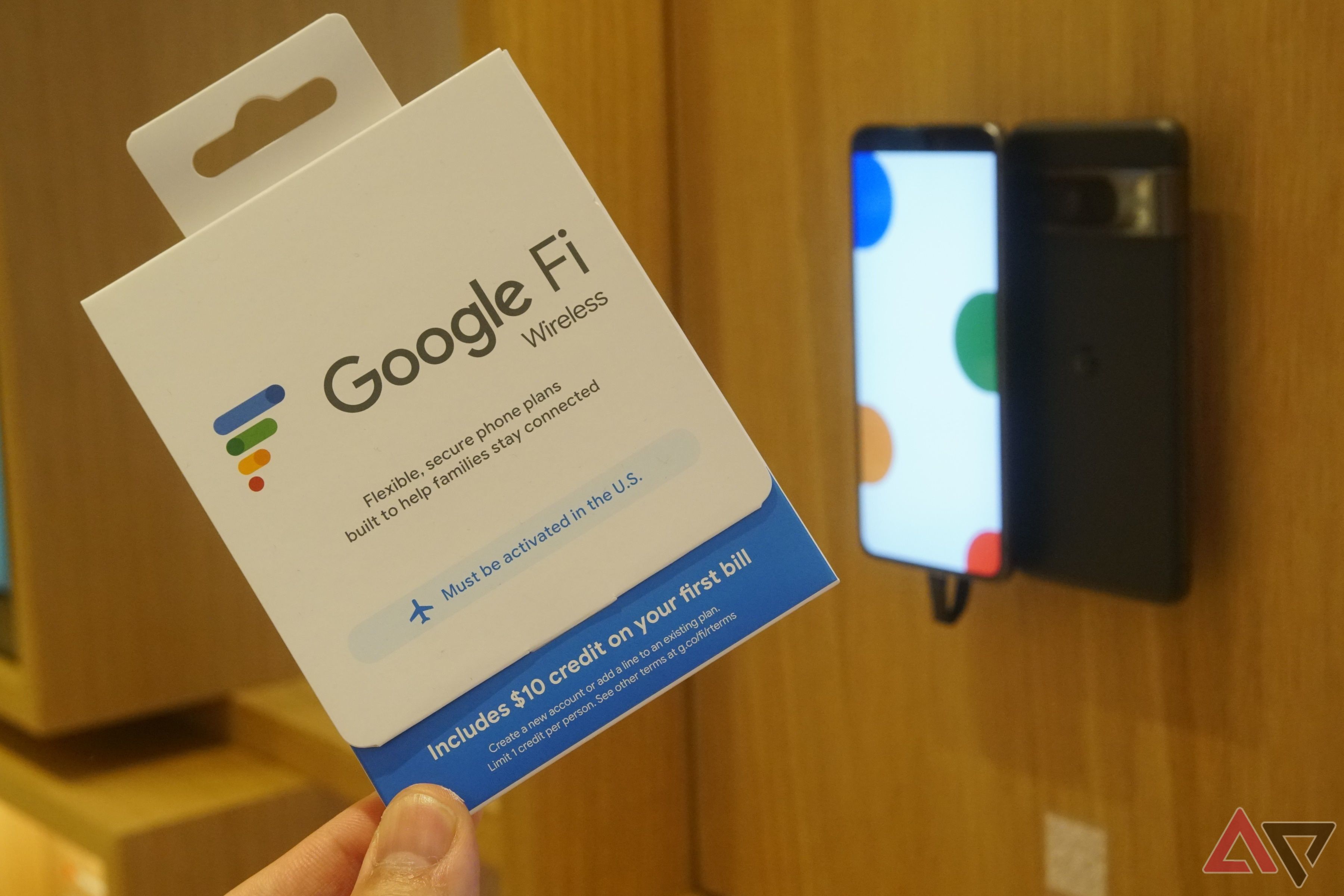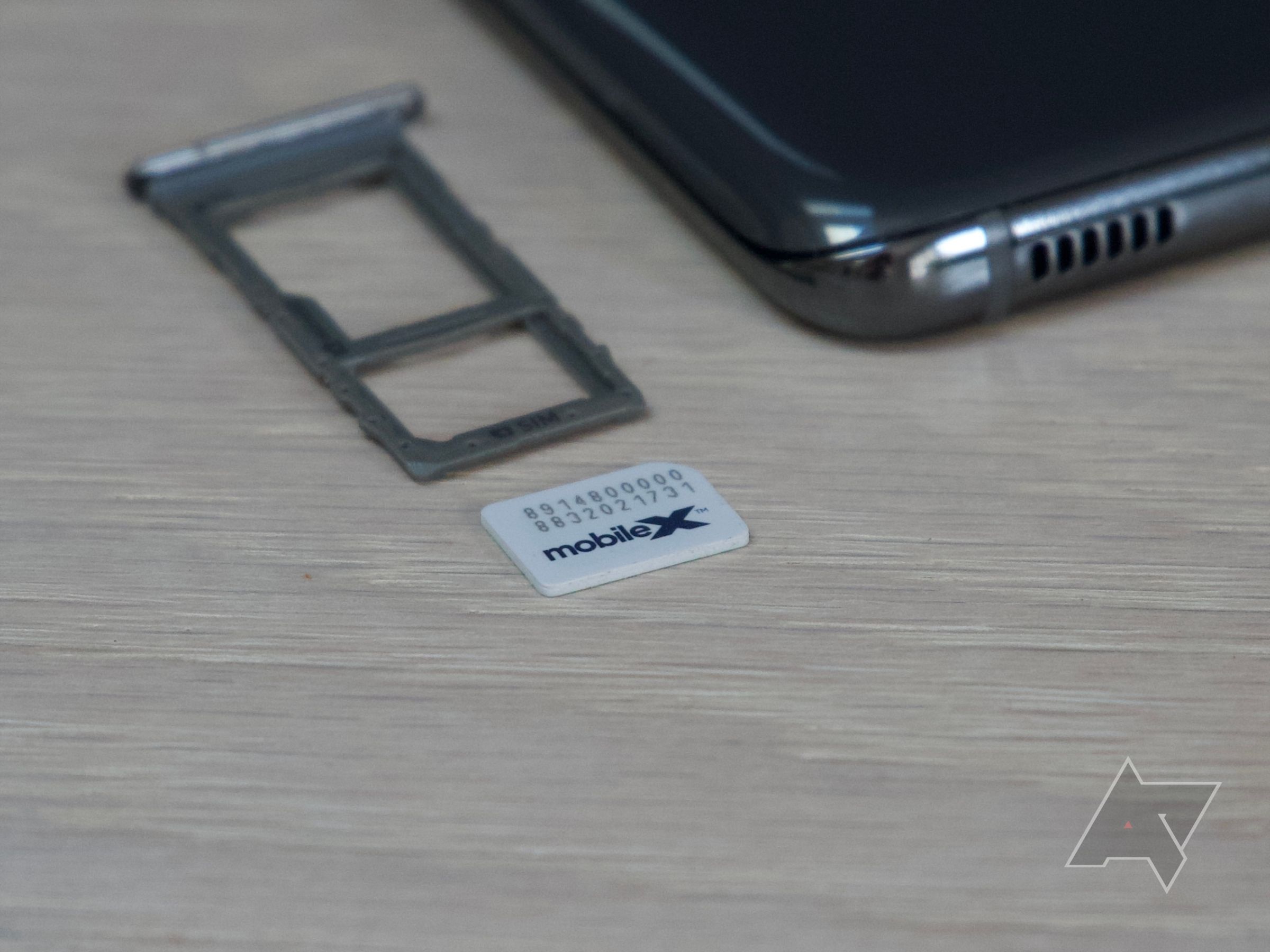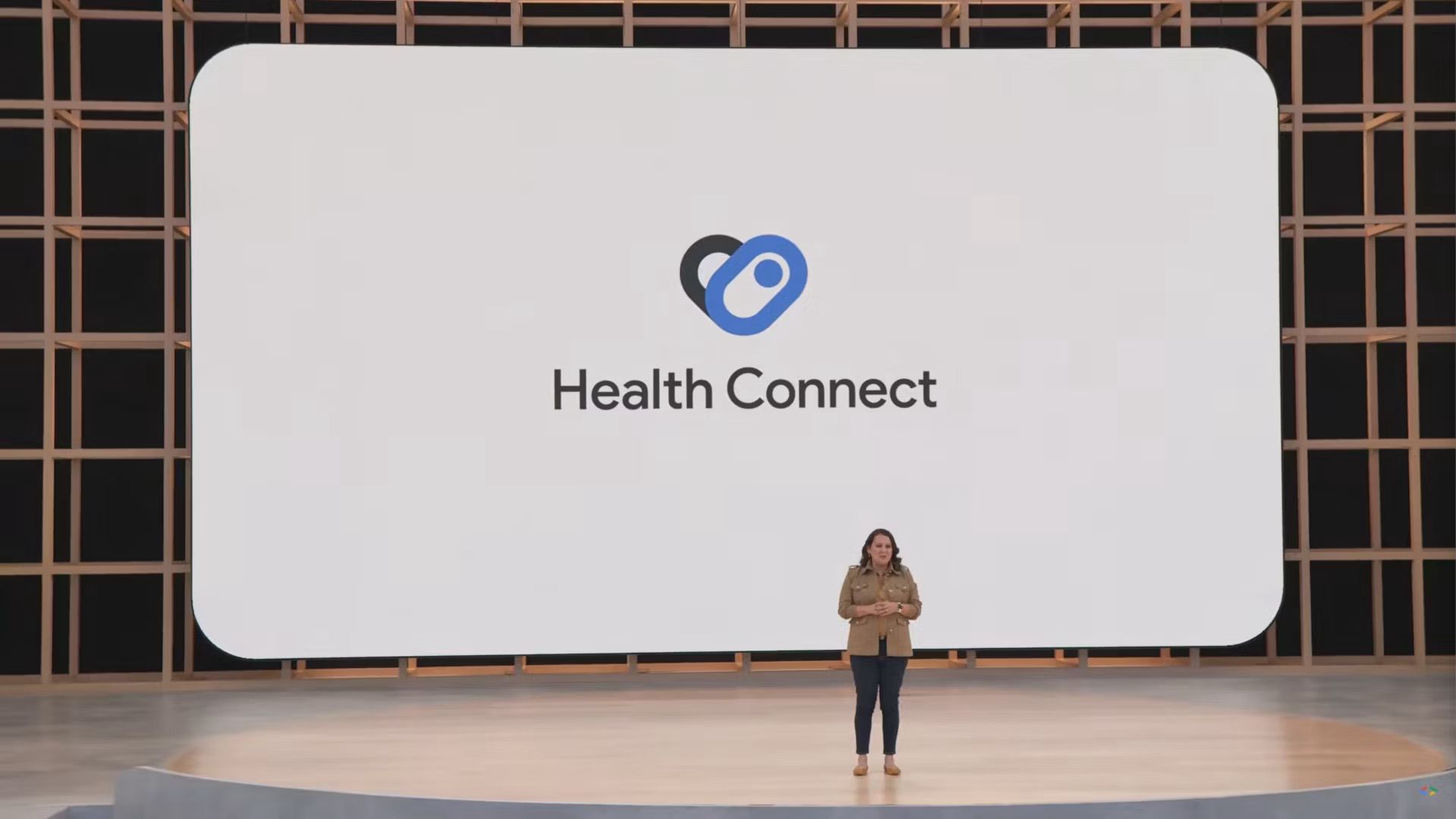What happens when you lose your phone abroad? For most people, the answer is fairly uncomplicated: either use a backup phone or go to a store and buy a replacement. However, my recent experience at MWC 2024 proved anything but, and provided me with some valuable lessons about the relationship between health and technology along the way.
During the world’s largest mobile conference, my iPhone 15 Pro Max was stolen from my pocket. It’s not the first time I’ve been robbed while traveling, but it was the first time it happened to me as a diabetic. I thought technology was the answer, but it only compounded the problem. In fact, losing my phone nearly proved life-threatening — here’s why.
Why my glucose monitor is so important to me
Source: Envato
Before we dig into the story, here is some quick (but necessary) background. Diabetes is a chronic condition caused by excess sugar (aka glucose) in your bloodstream. Too much glucose can result in major lifelong problems, and my doctors believe my diabetes was one of the causes of my heart attack at 33. For context, my average sugar was almost double the pre-diabetic level when I had my heart attack, as my diabetes had not been diagnosed.
Most diabetics check their blood sugar up to three times per day using a finger stick where you prick your finger and place it on a test strip. I hated this, as there’s no context to the number it gives you, which is taken at a random snapshot of the day. Instead, I’ve been using a Continuous Glucose Monitor (CGM) for the past three years. I’m using the Dexcom G7 CGM, which syncs with my phone to give me a snapshot every five minutes. It also tells me if it’s trending up, down, etc, and can alert me when I go high or low (both of which are very bad, the latter being more so).
A CGM is the only way I track my diabetes. My sugar goes low overnight, which can be life-threatening, and my CGM sends me warning alarms when it’s running low so I can correct it. Here’s the tl;dr on why it’s important: low blood sugar overnight that isn’t being monitored is a medical emergency.
When losing your phone can be life-threatening.
When my phone was stolen, I assumed it would be easy: walk into an Apple Store to get a replacement, restore from backup, and be good to go. The Apple process was a whole saga in and of itself — you can read about that in our AppleCare+ Theft and Loss review — but my CGM was where I suffered the most.
Upon setting up a temporary iPhone I borrowed from a friend, I couldn’t sign into the app for my CGM. As it turns out, the same hardware is used across every region, and Dexcom limits or enables certain features based on the region in your account. When you sign in to the app for the first time, it checks your geolocation, and if it doesn’t match the country of your account, you won’t be able to use that account.
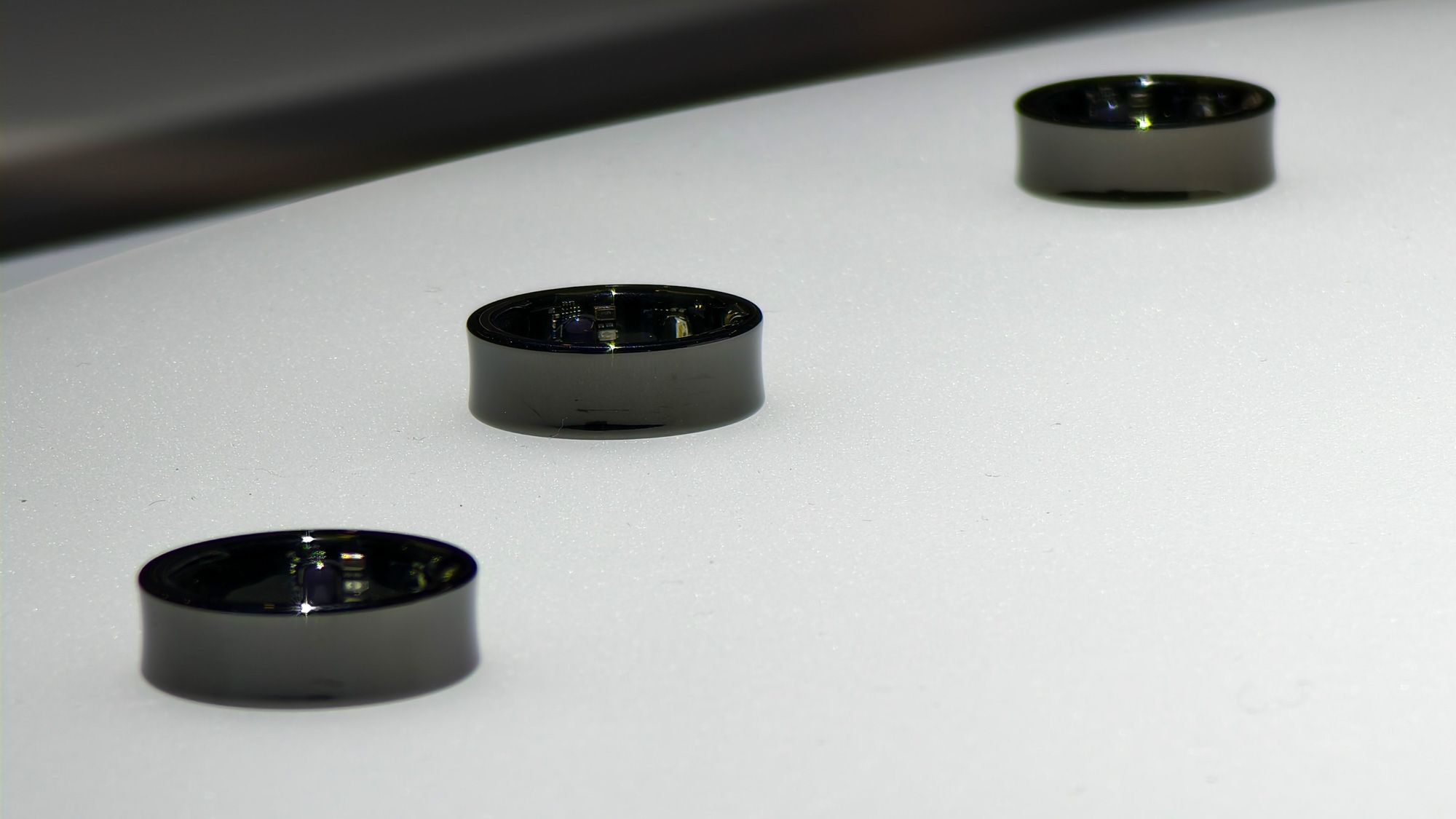
The Galaxy Ring wants to be your personal dietician
Samsung bought the Whisk app in 2023 to create its own nutrition platform
In the modern technology-focused world we live in, this felt silly to me, but as it turns out, that’s the same across both Dexcom and Abbott (the other major CGM maker). Dexcom’s only solution was for me to make a new account, except it needed me to wait five days until I arrived back in the UK, thanks to the same geolocation requirement.
Thanks to the Galaxy S24 Ultra and its AI smarts, I could converse with a pharmacist in Barcelona, but without a prescription, they couldn’t sell me anything to check my blood sugar. The result was five very frantic days involving a lot of guesswork. I thought I was running low multiple times, but I had no way to check, so I had to consume something just to be sure. I do not know the damage done to my body that week — especially in a foreign country — but I know it’ll never happen again.
Replacing your eSIM is super hard, so good luck getting into your accounts
Health shouldn’t be this hard, but it’s understandable as there are a lot of different medical regulations. Something that should be much, much easier is replacing your SIM card when you’re abroad, especially if you are using an eSIM. Unfortunately, most carriers won’t let you activate a SIM abroad, so you’ll be without your phone for days.
Most carriers support eSIM on the iPhone, and even though Apple has made it super simple to transfer your eSIM to another iPhone — a feature finally coming to Android phones — carriers still put roadblocks in the way. One of these is that you must first activate a SIM on your home network. These roadblocks meant I lost access to my UK phone number for five days. I couldn’t sign in to my Apple ID (Apple kept trying to send a 2FA code via text), download my UK banking apps, or approve any purchases.
My US number is currently with Google Fi, and thankfully, it only took about 5 hours for Fi to activate it. First, they insisted on waiting, but after a few attempts at chatting with someone else, they gave me the instructions to activate it. As it turns out, it’s super simple, and you don’t even need to message them. What if you’re with another network? I’ve had to move eSIMs abroad before, and none of the Big 3 networks will allow you to activate an eSIM while abroad. Funny enough, if you don’t tell them you’re abroad, it usually activates fine with T-Mobile. I’ve had far less luck with Verizon and AT&T, so that’s worth keeping in mind if you travel.
Technology will fail you when it matters most
Source: Google
My biggest issue as a diabetic is that it’s not like your heart, where it requires ongoing management, but you can go a few days without testing. Instead, being a diabetic means daily monitoring, even (and especially) when you travel. Being put in a scenario where I can’t test for days as technology has failed me is life-threatening.
This experience also led me to consider whether relying on technology to manage your health is wise. If you had asked me before this trip, I would have said yes unequivocally. However, this experience has taught me that while technology is the future of healthcare, many traditional companies aren’t ready for this full transition.
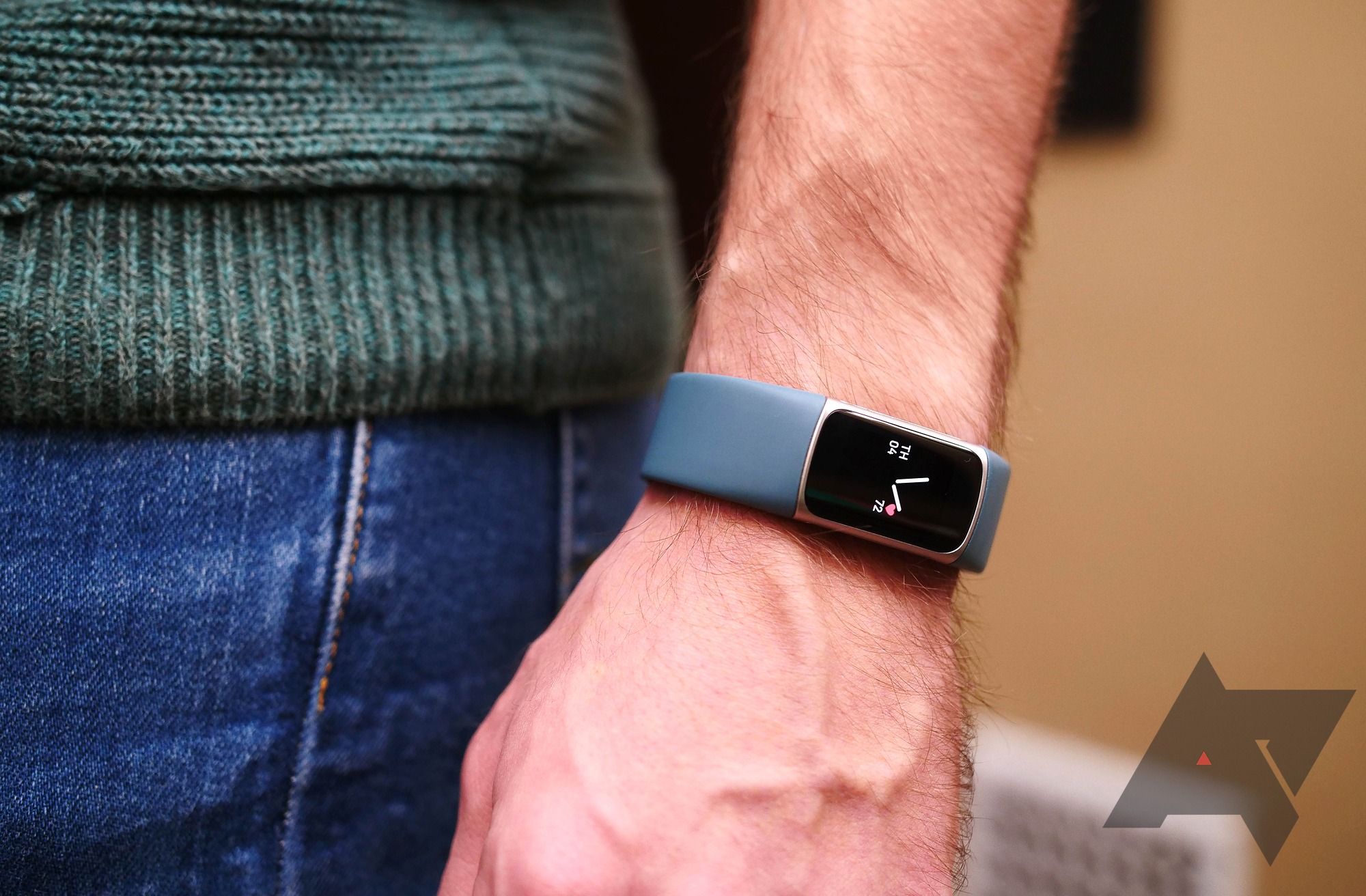
The best way to track your fitness in 2024
Track your health and your fitness in one device with our pick for the best fitness trackers
I won’t be the only diabetic reliant on a CGM who finds themselves in a new country and loses their phone. There is a medical reason to limit features based on regulatory body approval from the FDA (US), the MHRA (UK), and the EMA (EU). Still, medical companies need to ensure this doesn’t come at the expense of the patient, who may ultimately be relying on that same technology to keep them alive.
The adage is that technology will fail when you least want it to. Whether it’s your phone, watch, laptop, or, as I found, something far more life-threatening, technology as a whole is not infallible. What should be infallible is what companies do when this fails. Companies, especially those attempting to mix technology and medicine, must consider every possibility. Most importantly, they must ensure that a user is never left without, all while accounting for security concerns Until then, technology won’t completely replace medical devices, even though I — and many others — will still be reliant on it to manage my own health.
Nirave is a creator, evangelist, and founder of House of Tech, which focuses on covering the best health and technology products. Following a heart attack at the age of 33, he’s been focused on how we can use data to improve our health and ultimately live a long and more fruitful life. Follow him on Instagram, Threads, and YouTube for live updates on his Sleep and Health journeys. He can also be found at HoT.tech.
Source link

